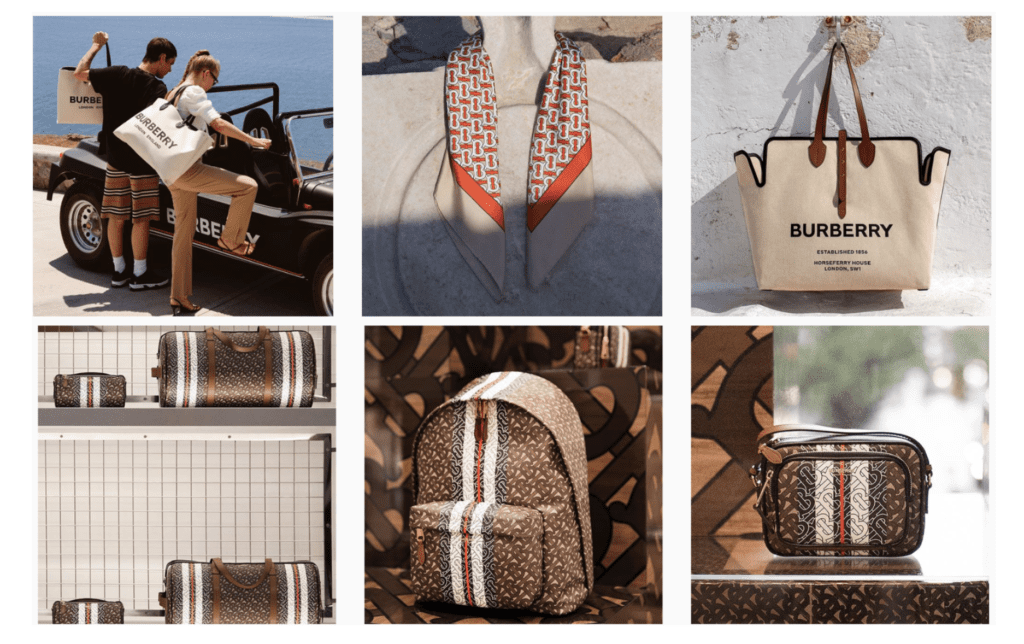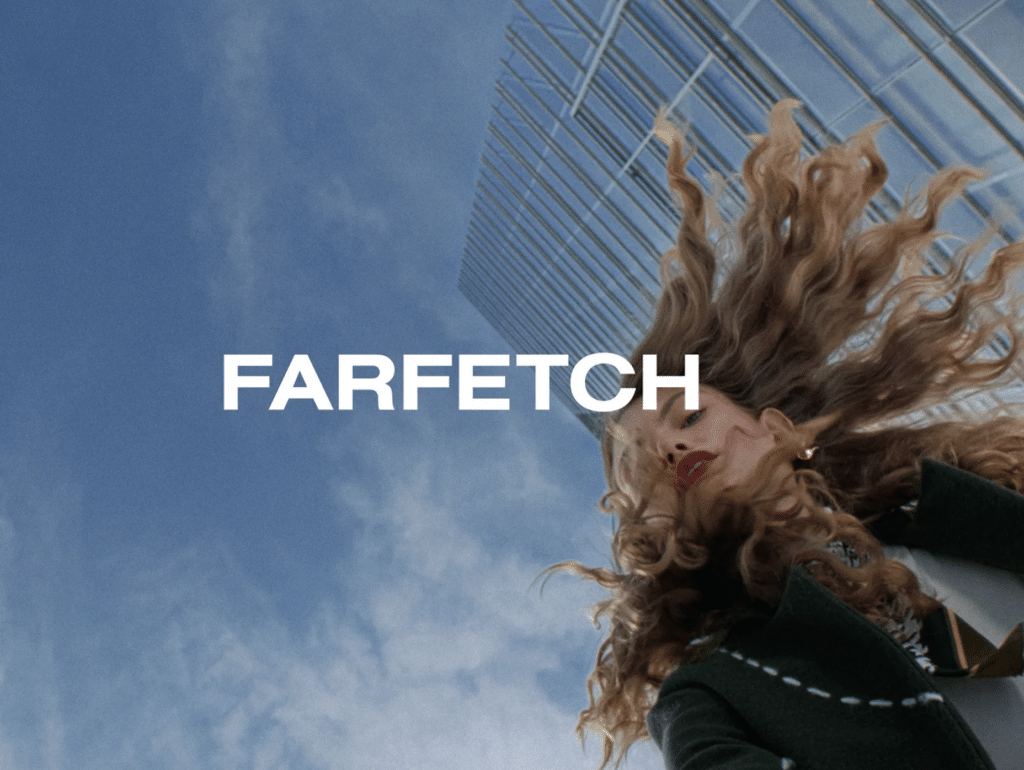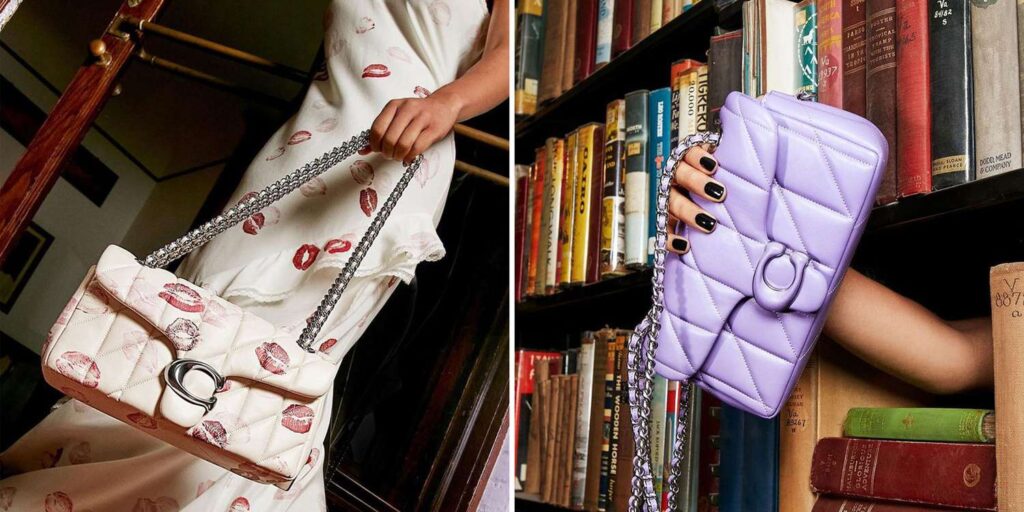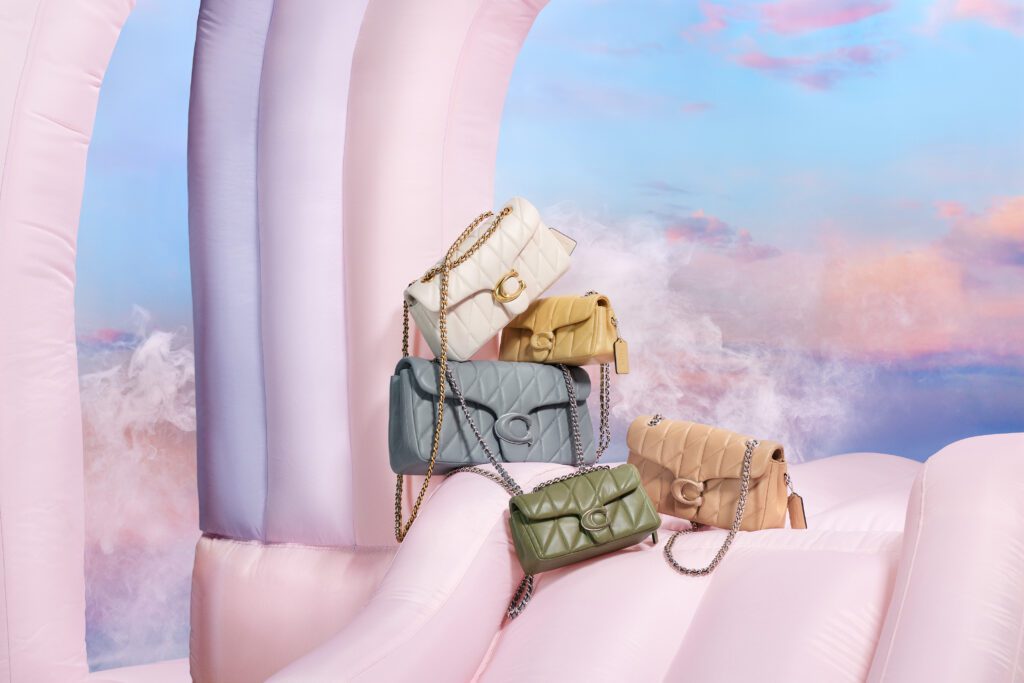Call it a comeback. Burberry’s shares were up more than they have been in a whopping 10 years in light of the British brand’s release of its First Quarter Trading Update on Tuesday. According to the report from the brand, same store sales rose by 4 percent for the 3 months ending on June 29, topping from analysts’ estimates of around 2 percent and the 1 percent growth the brand experienced in the previous three months. For the quarter, Burberry – under the creative control of Riccardo Tisci and CEO Marco Gobbetti – brought in $618.47 million in retail revenues, up from $594.87 for the same quarter last year.
In addition to boosting sales, Burberry says that the “proportion of new product” increased to around 50% of its products in its mainline stores by the end of the quarter, up from just 10-15% as of March 2019, and “the response from consumers to the new aesthetic and house codes was very promising.” Reuters noted on Tuesday that the luxury brand – which is in the midst of a large-scale high fashion overhaul under the watch of former Givenchy creative Riccardo Tisci and former Celine CEO Marco Gobbetti – said “sales to Chinese consumers in particular had picked up, boosted in part by younger shoppers’ response to its revamped, logo-strewn products. It had previously lagged rivals’ performance among this key clientele.”
Much of the recent success of the 163-year old brand in connection with its “focus in the first phase [of its larger overhaul], which is on investing to re-energize our brand” is being tied to its decision to “move past its famed camel check prints with new logo-style branding meant to give its handbags and other wares the kind of covetable cachet top luxury rivals like LVMH’s Louis Vuitton have long enjoyed,” per Reuters. “It’s a gamble as fans of the British label digest the unfamiliar monogram – a [Peter Saville-designed] motif of interlocking ‘Ts’ and ‘Bs’ in a nod to founder Thomas Burberry – splashed onto everything from hoodies to high heels.”
While the logo-centric move – which “reflects a growing battle among high-end brands to lure young shoppers in markets like Asia, including with instantly recognizable items they can flaunt” – is “a minefield for luxury labels, with the risk of damaging or cheapening their image by overdoing it,” particularly as Burberry is aiming to go more upmarket, the brand’s emphasis on some of its newly-created intellectual property is paying off.
“There’s great value from a margins standpoint from logos for a brand, the price ratio on a product goes up with a logo on it,” says luxury goods consultant Robert Burke, and Burberry is hardly the only one banking on this: logoed leather goods are helping Gucci and Louis Vuitton to respectively bring in an estimated 60 and 75 percent of revenues.











